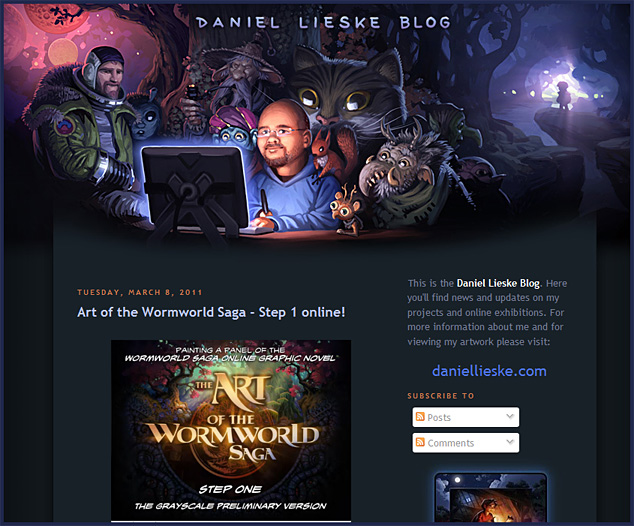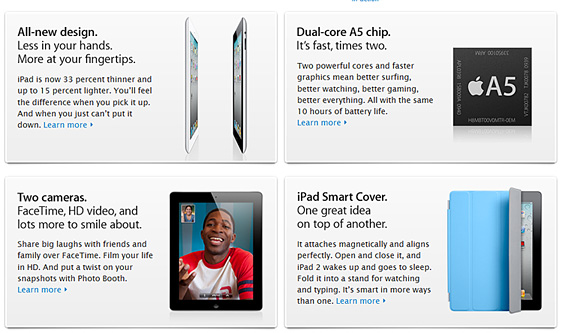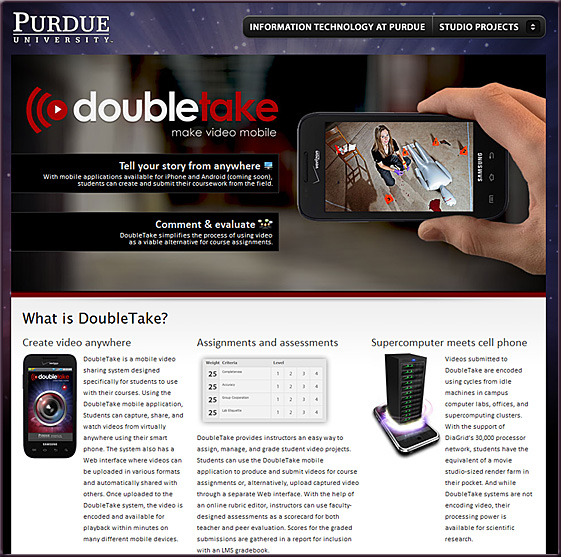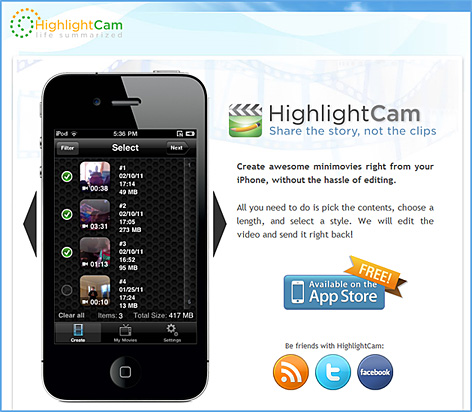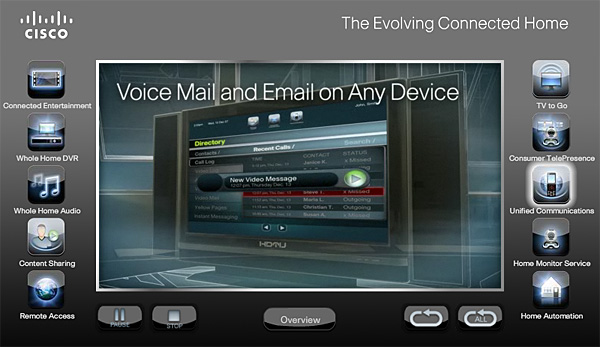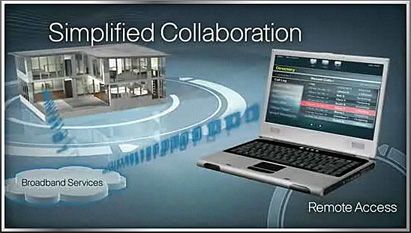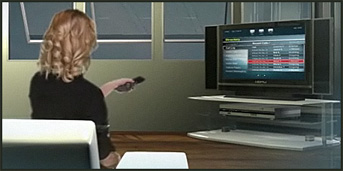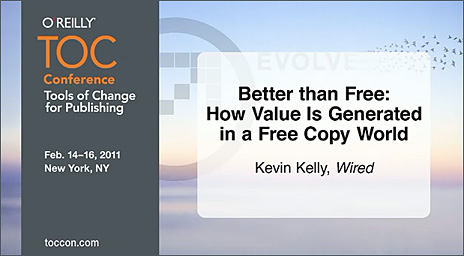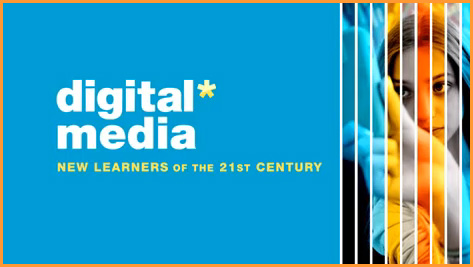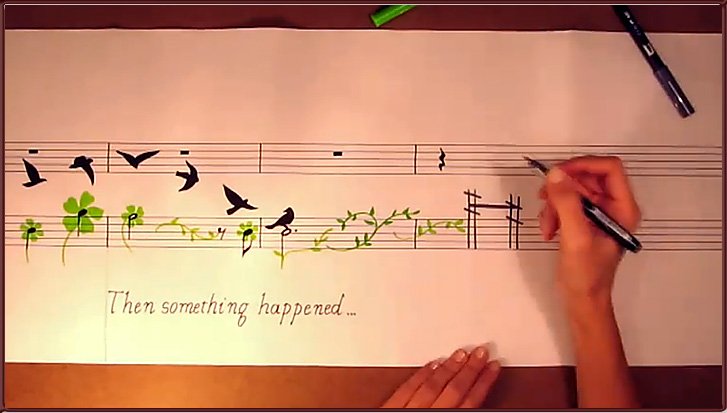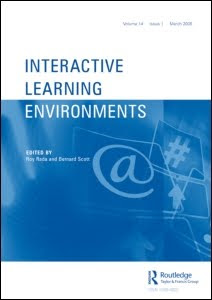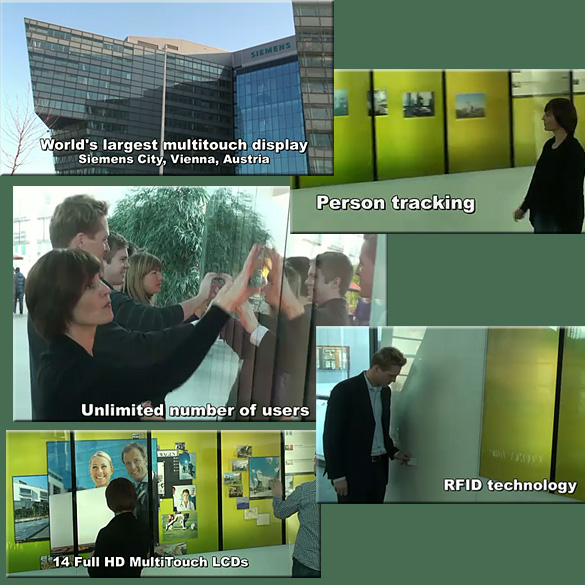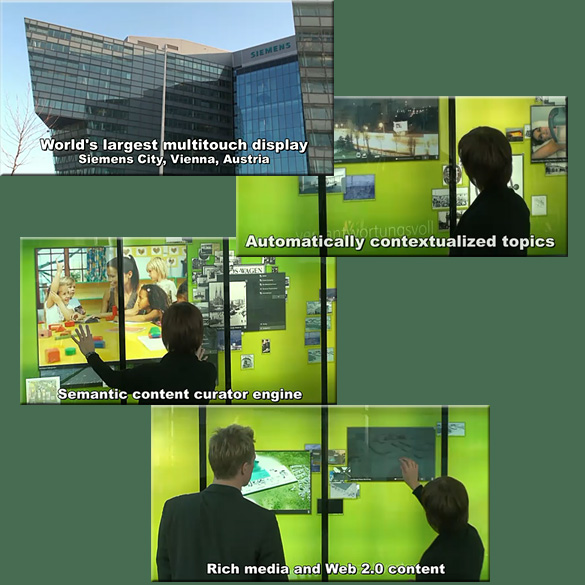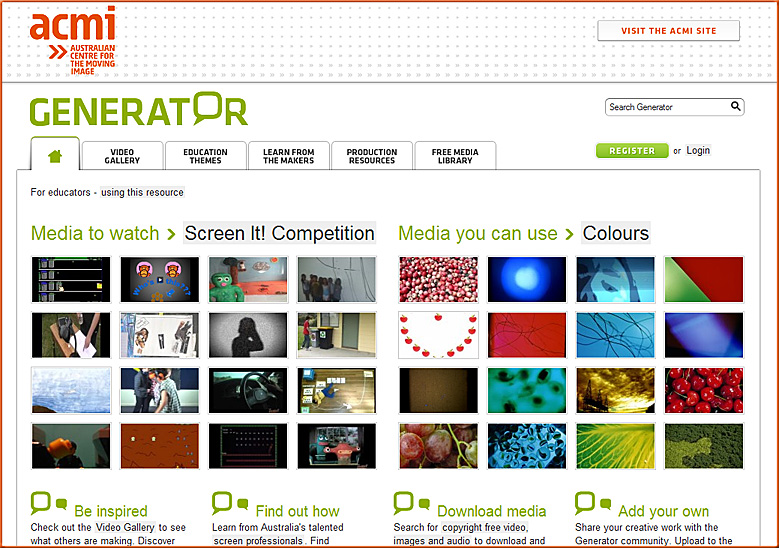Alternative reality games (ARGs) as mobile learning — from Float Mobile Learning by John Feser
Excerpts:
An alternate reality game, or ARG for short, (pronounced by saying the letters ‘A-R-G’, not by sounding like a pirate) is an interactive narrative that uses the real world as a stage for telling a story, playing out a scenario or creating a learning experience. ARGs make use of diverse media and game elements to help tell and impact the outcome of the story.
…
Mobile devices combined with a good story and an educational game can be a powerful way to increase engagement and activity level of your learners. ARGs offer an interesting way to bring your mobile technology along for the ride. ARGs are being successfully used in marketing and entertainment as well as to train and solve real world problems. Organizations that are looking for creative ways to engage in mobile learning should consider the benefits ARGs have to offer. By crafting a realistic, enjoyable experience, you’ll be reinforcing behavior that most companies are actively seeking in their employees: critical problem solving, inquisitiveness and creativity.









